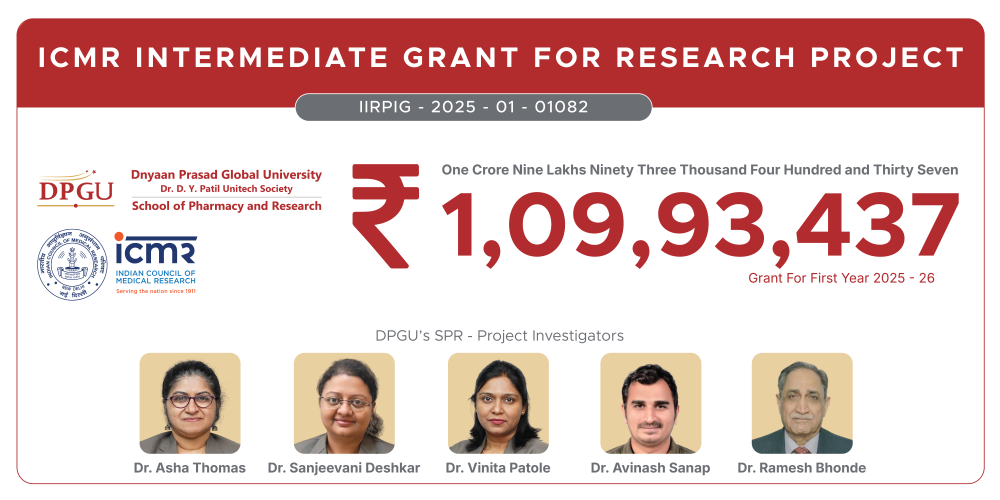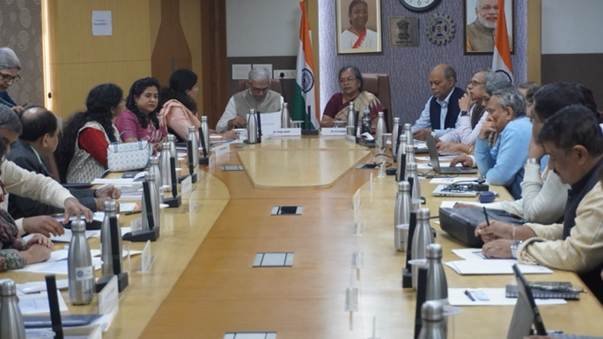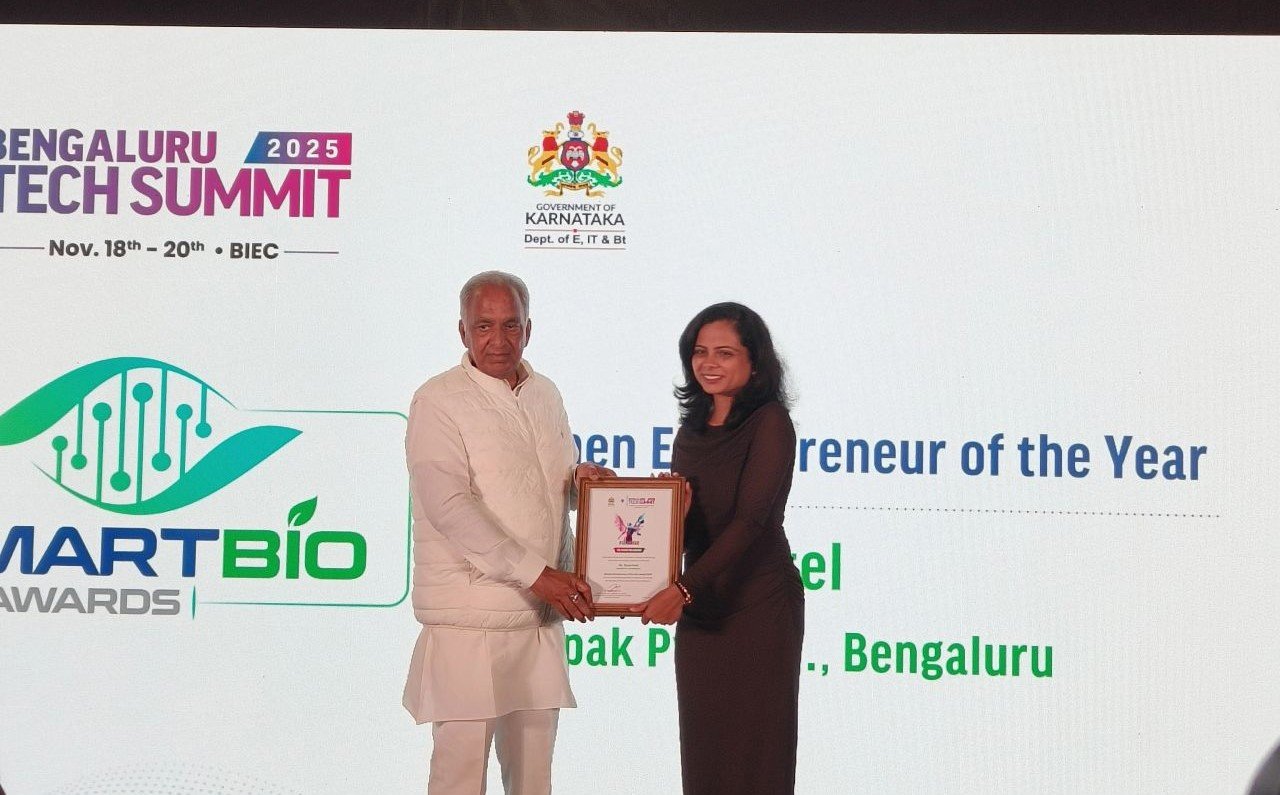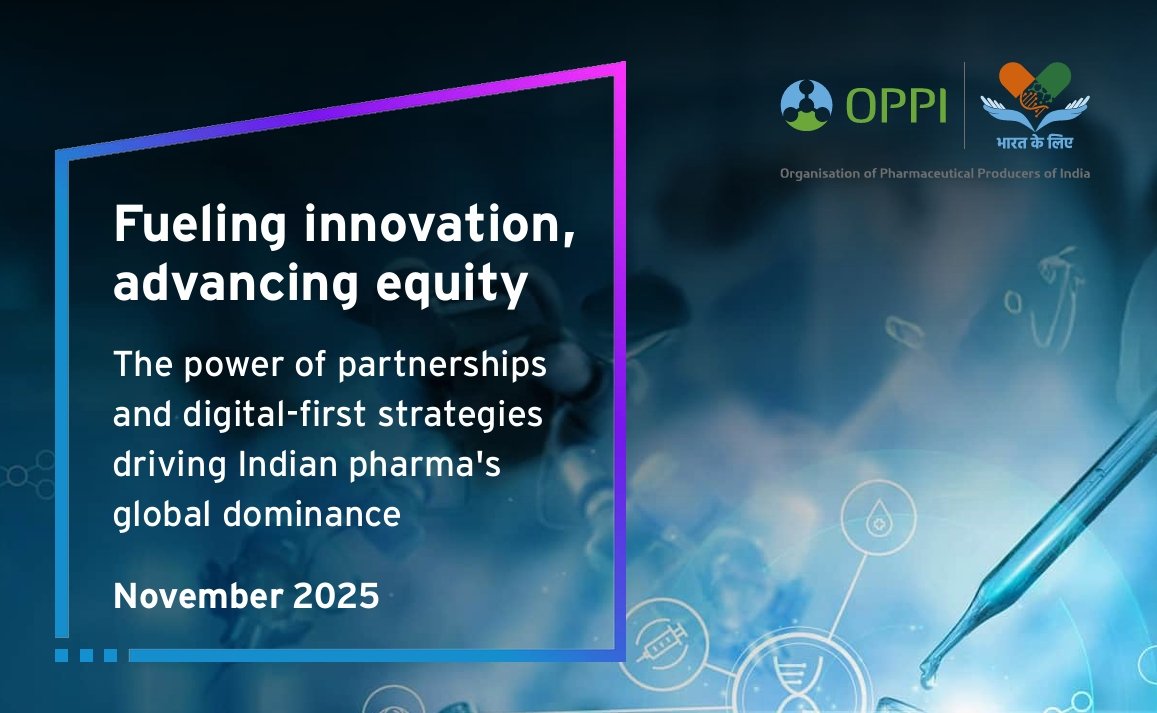The Biotech Agenda of DBT
April 11, 2006 | Tuesday | News
The Biotech Agenda of DBT
The Biotech Agenda of DBT
The Department of Biotechnology (DBT) has been making concerted efforts to
put India onto the global biotech map. A critical look at its role and
initiatives in the recent past.
The DBT has launched a series of initiatives to support the
fledgling Indian biotech industry recently. Perhaps, the most important
achievement of the DBT in the past year was creating a road map for the next 10
years in this sector by unveiling the draft National Biotechnology Development
Strategy. The Strategy was unveiled by the minister for science and technology,
Kapil Sibal on March 31, 2005. Some of the important highlights of the Strategy
include: 100 percent FDI approved in biotech units; Priority sector lending tag;
International patent costs to get R&D weightage; Creation of 10 biotech
parks with special economic zone status among others. The strategy will give DBT
the framework to work through the next five years and in its latest version it
has a large number of new ideas. "We have got comments from most of the
major ministries-environment, agriculture, revenue. We are now only waiting
for the views from health ministry and the planning commission and then it will
go to the Cabinet," elaborated Dr MK Bhan, secretary, DBT, on the current
status of the Strategy.
Commenting on this initiative, Rajesh Jain, joint managing
director, Panacea Biotec, said, "The nascent Indian biotech industry needs
support from public organizations such as the DBT to meet their drug discovery
and drug launching challenges. The National Biotech Strategy initiated by DBT is
a positive step in that direction, which will bear fruit in the time to
come".
Kiran Mazumdar-Shaw, CMD, Biocon Ltd, said, "The
willingness and eagerness on part of the government to enunciate a very
comprehensive biotech policy is a step in the right direction. Dr Bhan has
played a very important role in getting together the industry, academia and the
government to look at what is required to ensure the growth of the biotech
industry."
To facilitate matters on the regulatory front, the DBT along
with the Ministry of Environment and Forests had formed a Task Force committee
under the chair of Dr RA Mashelkar to review the current framework for
recombinant pharma and make suggestions to streamline the regulatory process for
the approval of all recombinant DNA products. The national Task Force was set up
in April 2004 and its recommendations were made on a consultative approach
involving a large number of stakeholders spanning diverse interests. The
Mashelkar Task Force Report was released in August last year. And now the Report
is ready for implementation from April 1, 2006. The industry had welcomed this
step with a lot of enthusiasm and it will give a huge boost to the biotech
industry. The key highlight of the report is that about 90 percent of the
organisms used by the biotech companies, which are from category I and II, will
be out of the Genetic Engineering Approval Committee (GEAC) purview. And the
recombinant pharma products derived from Living Modified Organisms (LMOs) but
where the end product is not an LMO can be submitted to the Drug Controller
General of India (DCGI) directly for approval.
Commenting about DBT's regulatory efforts, Dr Hemanth
Nandigala, director, Virchow Biotech, shared, "Speaking purely from the
Pharma perspective, I think the DBT has done a commendable job over the years.
Looking purely at their role as a regulator, the most common grouse of the
Pharma industry, they have constantly accommodated and nurtured the pharma
industry in being more proactive than any other regulatory agency that I have
personally come across."
"In general, it is considerably difficult to bring about
a quick change in regulatory practice of any governmental agency but I think the
DBT has played a role that needs to be appreciated. In the last year they have
accommodated the industry requests yet again by modifying the regulatory filing
procedures making it more easier and less time consuming for pharma companies to
process their applications," he added. "If I look back at when we
started in biotechnology versus what it is today, I would say it takes far
lesser time in processing an application than it did, say, four years ago. I
hope that the DBT will continue on this pathway and reach that ultimate goal of
a single window regulatory authority someday."
In fact, the government is keen to set up a single
Biotechnology Regulatory Authority for clearing biotech products. A committee of
secretaries has been constituted to work out modalities for creation of the
Authority and rationalization of the legislative and regulatory regime.
Presently, several agencies are involved in clearing biotechnology products and
they are under several ministries-agriculture, health and family welfare,
environment and forests and science and technology.
Another commendable step taken by the DBT has been its
bioclustering initiatives. Ever since its establishment in 1986, the Department
had spread its institutes far and wide for better outreach. Now to consolidate
its efforts, it has been focusing on developing bioclusters. The DBT has been
looking at the existing biotech centers and strengthening medical school
research, creating one-two centers of excellence of medicine/medical biology
both translational biology and clinical research in Bangalore, Hyderabad and
other established places so that faster partnerships can develop between them.
These efforts have especially taken shape in the last one year. For example, the
DBT is promoting a partnership between National Centre for Biological Studies (NCBS)
and CMC Vellore. The idea being to strengthen CMC Vellore as a molecular
medicine, translational and clinical research center. Similarly in Delhi, the
department is planning to make a translational research institute separately in
Gurgoan and is also planning to link some patient facility with the National
Brain Research Centre (NBRC). The Department is working on biotech parks and
attracting the industry towards the Delhi-Gurgoan belt. In Hyderabad it is
creating a stem cell cluster, in addition to the one in Bangalore and is
developing Punjab as an agri biotech corridor.
In the area of human resources, the DBT has tried to add
value and has identified a couple of areas like initiating MD PhD programs. Soon
a UNESCO Centre for teaching and training in biotechnology will be set up that
will cater to the needs of the Asian region. There is also a proposal to award
25 special overseas fellowships for students doing research in stem cell
technology and nano biotechnology and plan to support 20 undergraduate colleges
across the country, one per state, for high quality teaching in life sciences,
besides summer project support for students and skill enhancing training for
teachers.
Although a lot has been done by the Department for creating
skilled manpower, the industry feels that there is a need for more initiatives.
Speaking about the various capacity building measures of the DBT, Vibhav Garg,
principal business development manager, Mascon Life Sciences, said, "The
human resource generation initiative is not actually fulfilling the demand of
the industry especially in case of organizations working in the cutting edge
domains of in silico biology and in silico chemistry. There is still a big gap
between the demand and supply of skilled manpower for these organizations.
Quantitative manpower supply in these domains is actually surpassing the real
demand while qualitative manpower supply in these domains is far behind the
actual demand in the market. The sole reason for this is the lack of exchange of
thought processes between the academia and the industry." "Sectors
like in silico biology/chemistry are still not getting the due attention that
they should get; in terms of their inclusion in lot of schemes announced by the
DBT including the SBIRI. I sincerely believe that the Indian Bioinformatics
industry can grow leaps and bounds and can claim major share of global
bioinformatics market, provided the policy makers give due attention to this
sector," he added.
Enabling support to the industry
via a wholesome industry package
By way of regulations
Bringing scientific scrutiny of research
Help in late stage development
Provide clinical validation and training
Step in as a third party in technology transfer projects involving
international compa nies/scientists
Industry participation in all international science meetings
Creating an industry research support cell
Direct industry funding for SMEs
Strengthening institutional sector
Expand existing support for science education and training
Support creation of innovation centers and centers of excellence
Increase contact and engagement between cross-disciplinary professionals
through special granting schemes, interdisciplinary centers of
excellence
Niche area oversees training scheme
Large infrastructure grants
Five years grants for translational research
Some new initiatives
Support late stage development in the industry
Consolidate on support services for regulation and relevant to trade,
like, partner with the ministry of health on GM food testing
Introduction of Biotechnology methods into judiciary via a DNA academy
that has been funded at CDFD
Improve the clinical trials capacity in the country
New life sciences institutions planned
Translational health science institute in Faridabad
UNESCO center for training and education in Delhi
Taking over the Seri Biotechnology Center of the Central Silk Board and
the Rajeev Gandhi Center for Biotechnology in Thiruvananthapuram
Creation of an animal biotech institute
Two policy centers-Centre for health technology policy and Center of
agricul ture and allied areas technology policy.
Generation of quality human resource
Start Masters program in health sciences, clinical sciences and PhD
in health sci ences from 2007; similar schemes for the environment,
agriculture, marine and other sectors in the offing
Summer project support in diverse life science fields
Upgrade the skills of teachers
Develop one high quality life science college in every city
Launch institutional innovation grants scheme
Substantial increase in PhD and postdoctoral fellowships
Proposal for a national pool of jobs
Institute fellowships for performing scientists
|
"It is imperative for the DBT to find ways to create
skilled manpower readily available for their utilization in biotech industries.
For example, the DBT could support various institutions in initiating course
work titled "Industrial biotechnology", with strong emphasis on
learning biotech techniques first hand in a laboratory set-up. In doing so,
budding biotech related workforce would not only have acquired theoretical
knowledge, but more importantly become competent to perform useful lab work
immediately upon joining the industry. Such initiatives led by the DBT would
lead to the generation of "Industry friendly" human resource, which
the Indian biotech industry currently needs on a much larger scale,"
suggested Rajesh Jain of Panacea Biotec.
Another feather in the cap of the DBT was the launch of the
"The Small Business Innovation Research Initiative (SBIRI) scheme"
this year which provides early stage funding to scientists in private industries
for high risk, innovative or commercializable product proposals. This unique
scheme, which funds the industry directly, is a big boost for the small
companies. It took off very well and the DBT received 70 proposals within the
first month itself. In the year 05-06 about 12 companies have been financed. In
fact the DBT is planning to expand the scale of this program. "In the next
plan we are hoping to scale up the funding to about Rs 100 crore or so per year,
so that it will become a major source of support," opined Dr Bhan.
Sharing his views on the SBIRI scheme, Rajesh Jain, said,
"It is definitely a positive step towards uplifting the Indian biotech
industry. However, the fixed amount allocated for performing innovative R&D
to validate pre-proof of concept at Phase I (Rs 50 lakh) could have a negative
impact in performing R&D, which is cost prohibitive and may require more
funds than committed by DBT even at the initial step. Since each project is
unique, requirements for executing each project will differ. In other words some
projects may require the use of expensive instruments even at the idea
validation step, while others may not. Thus the DBT should be flexible in
allocating loan amounts at least at the Phase I level."
Commenting critically about another aspect of the SBIRI
scheme, Jain said, "Another aspect which would worry scientists prior to
sending their grant application would be protection of their IPR. For example,
having received the grant application, if the DBT subsequently refuses to
allocate funds for that project, how would it prevent dissemination of those
innovative grant ideas to sources within and outside their organization for
their own benefit. The DBT must enact some provisions to make the system fool
proof, whereby such things would not happen."
Alok Gupta, Country Head – Life Sciences & Technology,
YES BANK said that the DBT's SBIRI initiative was laudable. "It has
established a committee of scientists and industry personnel (including YES
BANK) to evaluate projects for their technical / financial and management
suitability. Models like SBIRI can help in creating an investment pipeline for
later stage investors with relatively limited risk appetite," he added.
The DBT has also mooted a novel scheme for creation of
Centers of Excellence (CoEs), which is quite different from what has existed in
the past. These Centers are around people who have been outstanding and can
mentor the young faculty. The earlier scheme of creating CoEs in the required
areas will also coexist along with it. A very good example of a novel CoE would
be the creation of a Stem Cell Centre at CMC Vellore with a funding of Rs 19
crore. This year the DBT has earmarked about Rs 60 crore for both the CoE
schemes but will increase the budget to about Rs 100 crore for the next plan. It
hopes to create 30-50 CoEs in the country during the next 5 years.
A suggestion from the industry side is that such centers of
excellence can also exist in the industry set-up.
Some other achievements of the DBT include putting a Stem
Cell Strategy in place in which both the academia and industry have a role and
establishing a three-tier system for evaluation of clinical proposals to ensure
patient safety. The DBT has funded GMP facility creation at several institutions
and is working with Reliance and two other companies to support clinical
research on their products. On the international front, the various
collaborative programs have been reviewed and the thrust has been on building
strategic partnerships. A major program for animal vaccines and immuno-stimulants
in aquaculture has been firmed up with the government of Norway. A collaborative
agreement was signed in March with Australia for collaboration in biotechnology.
In addition, strategic partnership agreement with Denmark in the area of
agriculture and food biotechnology, with the UK in frontiers of biology and with
Finland in diagnostics, have also been signed.
Rolly Dureha










